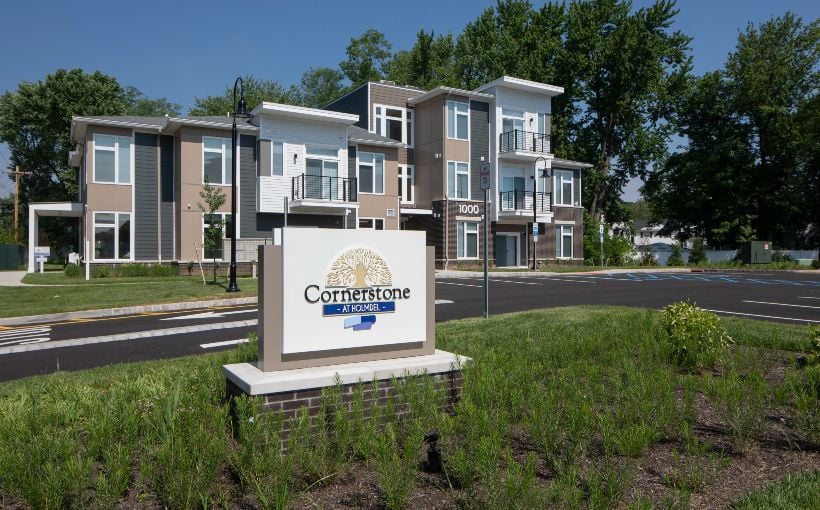Richard Barkham, CBRE’s Global Chief Economist, Head of Global Research and Head of Americas Research, recently shared insights on the current state of the economy. In January 2024 alone, the U.S. added a staggering 353,000 jobs – far surpassing analysts’ predictions and bringing unemployment down to just 3.7%. This is great news for job seekers and businesses alike.
However, according to a recent article by CBRE , this strong job growth may also impact the Federal Reserve’s decision-making process when it comes to cutting rates. As Barkham explains in his co-authored piece with Ryan Severino (chief economist and head of U.S. research at BGO), “The Fed doesn’t want the economy to overheat.” They will be looking at various factors such as productivity growth and labor market participation before making any decisions about cutting rates.
One key factor driving these impressive numbers is real income gains which have led to robust consumer spending – ultimately resulting in higher Q4 GDP growth rate (3.3%). However sustainable this level may or may not be remains uncertain; but one thing that could help sustain it would be continued high-productivity growth without inflation.
So what does all this mean for commercial real estate? According to Barkham’s analysis: multifamily properties benefit from healthy consumers who are able take on more rental obligations; industrial properties see increased demand as they ship goods directly retail stores; even bricks-and-mortar retail spaces should see an uptick due in part because there is currently a shortage of Grade A space available.
Severino adds that once easing begins within CRE capital markets volume pricing should pick up again while appreciation returns move into positive territory throughout H2 2024 . He predicts we’ll likely start seeing some changes around mid-year though things won’t happen overnight so much as build gradually over time until then .
In conclusion: Job Growth has been strong lately thanks largely due to key categories such as education and health services, leisure and hospitality, government jobs; with professional business services starting generate more employment in recent months. This has led to real income gains which have driven robust consumer spending resulting in higher Q4 GDP growth rate (3.3%). However sustainable this level may or may not be remains uncertain; but one thing that could help sustain it would be continued high-productivity growth without inflation.
All of these factors combined should lead to a reduction in the EFFR possibly as soon as May 2024 . As the year progresses we can expect commercial real estate investment activity during H2 2024 pick up again while leasing remains resilient due hybrid work an uncertain business environment keeping occupiers cautious throughout most of next year.




